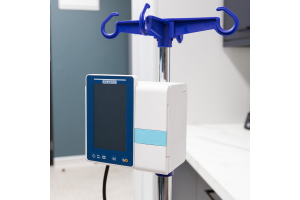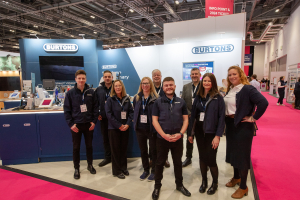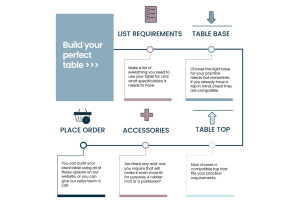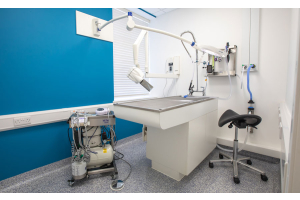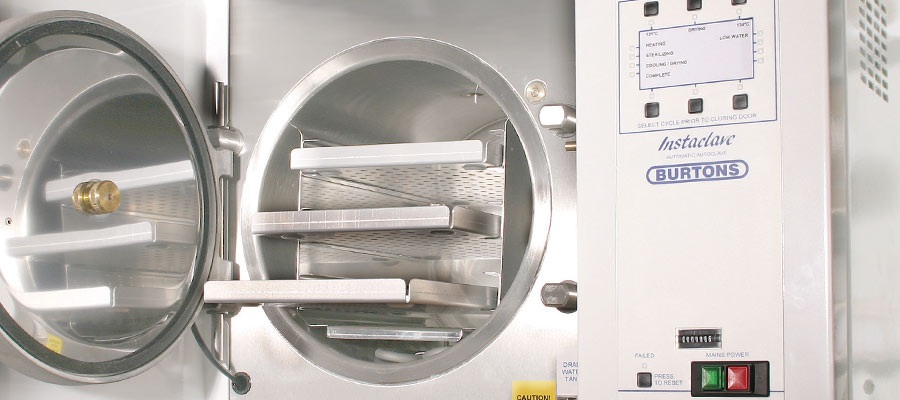
Over the last 30 years at Burtons, we have used our knowledge and experience to develop our autoclave range. With this know-how and a trusted team of product experts and service engineers, you can rely on us to know which of our autoclaves are best for you.
So, what should you be considering when choosing an Autoclave?
- Capacity – We understand that in a busy surgery, a top priority is getting things done quickly, but thoroughly. Our autoclaves come with a large chamber capacity of 22 litres, as standard, to ensure as many instruments as possible can be done at any one time, giving you one less decision to make!
- Load Types – The type of load you intend to process is the deciding factor in which autoclave is best suited to your practice, you need to take into consideration:
- Quantities of instruments you will need to process, per load, per day.
- Are the loads solid? (e.g., forceps, dental probes)
- Are they hollow items? (e.g., cannulated devices, dental handpieces)
- Do you intend to process porous loads?
- How many and what type of layers of wrapping do you expect to be using?
Non-vacuum
If you are going to be only sterilising solid, non-wrapped instruments, then a non-vacuum autoclave could be the best fit for you. These give you the most flexibility when it comes to changing sterilisation and drying types to suit the size of the load on each use. We also have a larger 30 litre chamber available.
Vacuum
For loads that will include hollow, pouched, linen, porous & solid objects, the Vacuum autoclave is best for your practice. Although this does not allow for flexibility when it comes to times and chamber sizes, the vacuum autoclave works by removing all air before the steam enters, making it perfect for sterilising those parts of non-solid instruments that may get missed with a non-vacuum.






